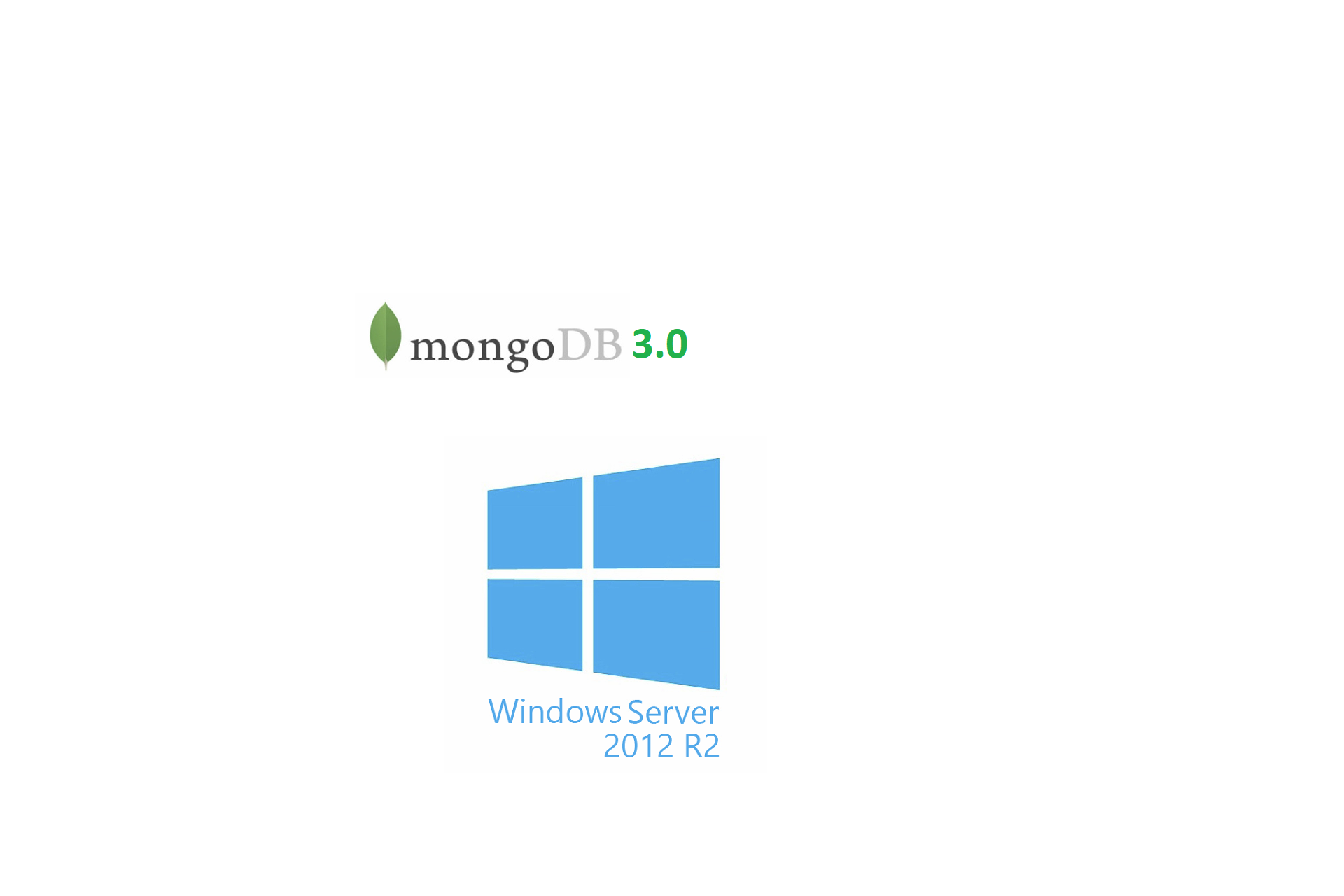

Once we verify that our mongod process has started successfully, we can connect to MongoDB server. To make MongoDB start automatically when the system reboot, enter this command: You can verify that the mongod process has started successfully by issuing the following command: $ sudo systemctl status mongod We can start MongoDB service using this command: Once the installation process finished, we can verify our installation.
#Start mongodb server on fedora install
$ sudo dnf install mongodb-orgĪlternatively, to install a specific release of MongoDB, specify each component package individually and append the version number to the package name, as in the following example: $ sudo dnf install mongodb-org-5.0.5 mongodb-org-database-5.0.5 mongodb-org-server-5.0.5 mongodb-org-shell-5.0.5 mongodb-org-mongos-5.0.5 mongodb-org-tools-5.0.5 Note: If you'd like to install another version, adjust accordingly.Īfter we've created the file, we can run dnf to install the package.

Using your favorite text editor, create the file with content below: In this article, we'll use mongodb-org-5.0.repo as repo's file name. We'll cover about MongoDB Community Edition in this article.įirst, we need to create a package management repository configuration file in our Fedora host. MongoDB Community edition will be enough for testing/developing There are three editions of MongoDB available to date: Collections contain sets of documents and function as theĮquivalent of relational database tables. DocumentsĬomprise sets of key-value pairs and are the basic unit ofĭata in it. It’s built on an architecture of collections and documents. Unlike relational databases, it doesn't consist of tables and rows, but
#Start mongodb server on fedora license
and licensed under the Server Side Public License (SSPL). Classified as a NoSQL database program, MongoDB uses JSON-like documents with optional schemas. MongoDB is a source-available cross-platform document-oriented database program.


 0 kommentar(er)
0 kommentar(er)
